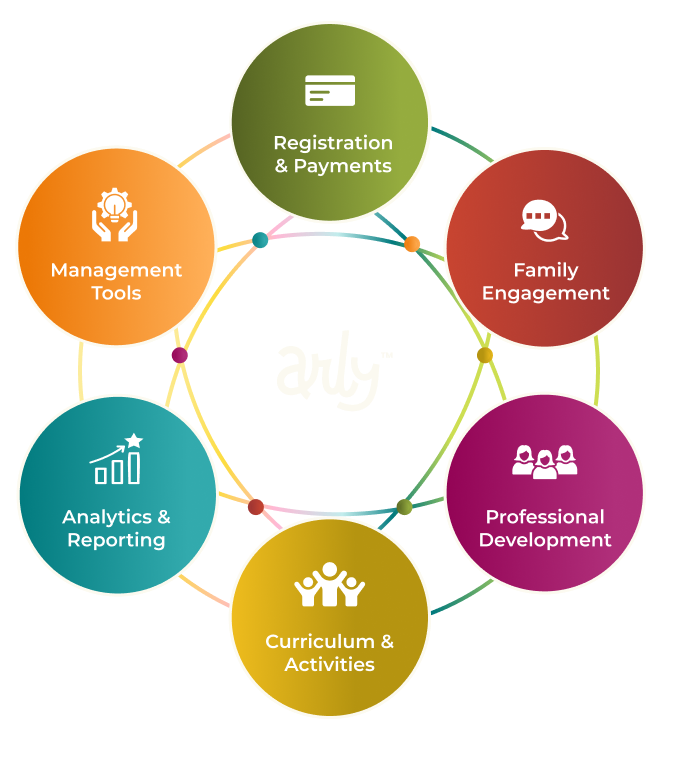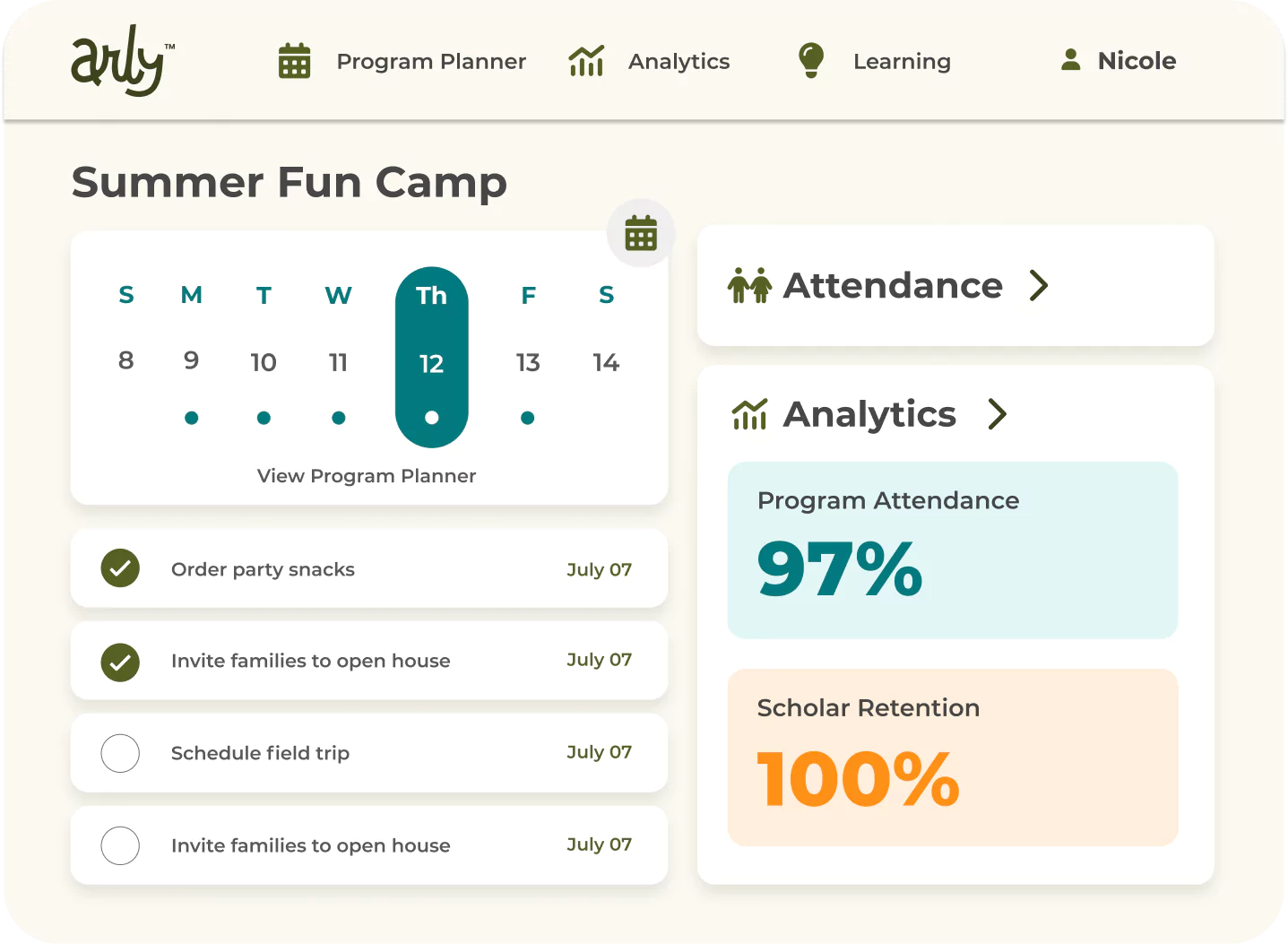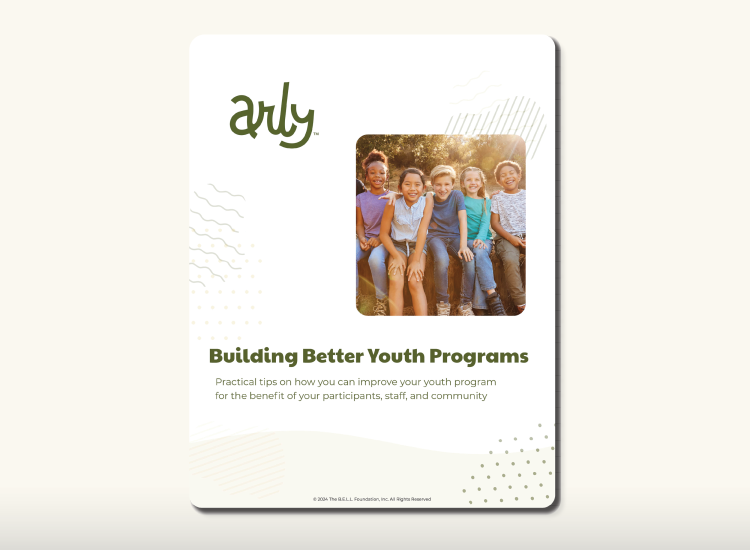Evidence of Improved Professional Development and Educator Practice
By Arly Communications on July 14, 2023
Professional development is an important means of helping teachers and staff in your youth program expand their skills, increase their confidence and satisfaction, and aid in students’ learning.
You’ve implemented professional development, but now you’re wondering if it had the desired impact. Do staff feel more equipped? Are their teaching practices more effective? Are students enjoying higher-quality programming?
Why Measure the Effects of Professional Development?
There are a few main reasons you should measure the effects of your professional development efforts:
Continuous Improvement
Actually taking steps to measure the effects of your professional development can help you understand what is—and isn’t—working, so that you can continuously improve the quality of your program for all involved.
Proof for Partners
By demonstrating the positive effects of training on your overall program quality, you can also communicate to funders or other stakeholders why professional development is a priority for your program and why it’s worth the time and funds you dedicate to it.
Encouragement for Teachers
Professional development is also beneficial for teachers. Celebrating the positive impact of their training efforts can serve to encourage teachers in your program and help them avoid challenges such as self-doubt or burnout. When armed with the knowledge and inspiration needed to create positive youth experiences, even staff members with a limited education background can succeed. Whether a seasoned pro or a new volunteer, professional development should increase their confidence and passion going forward.
Keep in mind that there are often other factors at play besides your staff’s level of competency. But as your staff is a major aspect of your program, seeing improvements in their abilities should directly translate to improvements to your program as a whole. That’s a real win for staff, kids, and your whole community!
How to Measure Teacher Success
You can use various means of measurement in order to gather evidence of teacher effectiveness. Some options include teacher self-reporting, classroom observation, and student behavior and achievement.
Teacher Self-Reporting
Ask teachers what they think of their performance and professional development experience. How is the training they’ve received serving them in the classroom? What have they learned? Where do they see areas for improvement?
One thing you may notice if your professional development is working is that teachers have renewed energy, passion, and confidence in the classroom. Research shows that 93 percent of pre-service teachers experience self-doubt in their abilities—known as imposter syndrome—and these feelings can continue to plague experienced educators. Continued training combats self-doubt and can lead to happier, more self-assured educators.
Classroom Observation
You can also observe the learning environment directly. Make sure teachers in your program don’t feel they’re being monitored in a negative or micromanaging way. Instead, other staff members should be there to note and celebrate their wins—and to see whether there are additional tools and resources they could use to up their game even more.
As you observe the classroom, look for signs that teachers are fostering a positive learning environment. This includes qualities that make learning fun and effective such as student-centered classroom practices and plenty of collaboration and feedback. You should also look beyond the quality of instruction to classroom management practices. How effectively are teachers or volunteers handling behavior challenges? If programming is running smoothly and behavior incidents are proactively addressed and managed, this is a sign staff is doing a great job in this arena.
Student Behavior and Achievement
You can also look for signs of student success. This includes quantitative data such as test scores or frequency of behavior reports, as well as qualitative data such as students’ own attitudes toward learning. While there are plenty of factors to consider, professional development should ultimately lead to better student outcomes in your program.
Consider using a combination of these methods and frequently gathering data on key aspects of your program so you get a fuller picture of how professional development is impacting your program’s success.
Staffing Your Program for Success
Are you taking note of how your commitment to professional development is paying off? Do you recognize it’s time to give staff training the priority it deserves? With a suite of tools like Arly, you can facilitate professional development that has real results and then track those results using tools like our quality screener.
Learn more about the importance of your staff to your program’s overall success in our on-demand webinar, “Staffing Your Program for Success.”






%20(33).png)

%20(40).png)
%20(23).png)
%20(62).png)